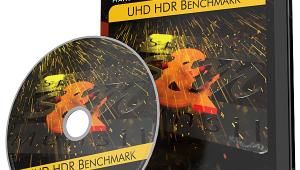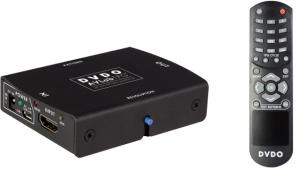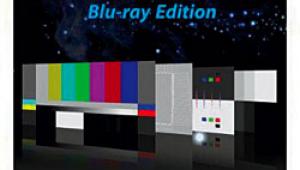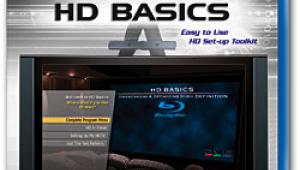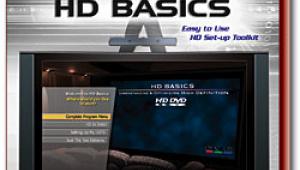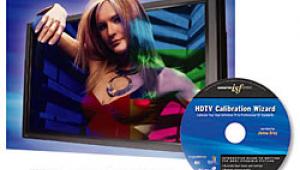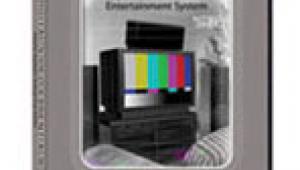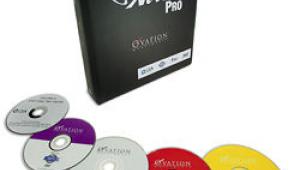TacT TCS mkII pre-pro/theater correction system Power TacTics
As noted already, setting up the TacT TCS is not easy. Even if you just want to use it like any old surround preamp-processor, it isn't a simple matter of choosing a speaker configuration; setting the crossover frequency and channel delays; and performing a level calibration. Its 73-page instruction manual alone should convince you of that. If you plan to make extensive use of the Theater Correction feature, though, you'd better know your way around a PC. (An outboard Windows PC—sorry, no Macs—is required for Theater Correction, but not for the other setup functions or daily operation.)
I spent most of my listening time with the correction curves Dr. Radomir Bozovic had established for the B&W 703s, but, eventually jumped in with both feet and tried a few setups of my own. It's not an exercise for the impatient—the software is full of traps for the unwary. There is no separate, printed manual for the software and no significant discussion of it in the otherwise thorough owner's manual. The help windows aren't as complete as they should be— they don't pop up when you click on them (you have to use the F1 key), and when they do pop up, they block the operating screens. Communication between the TCS and the computer would sometimes break lock (flashing some sort of "time-out" message) and have to be re-initialized. Some steps must be performed in a certain order for everything to work correctly, and the wrong steps can bring up Windows Operating system error messages. While I ultimately did get the answers I needed to reconfigure the system, some of the finer points of the software still elude me.
If you're not heavily into computers, or if you prefer your programs to present a clean, easy-to-understand "skin" while doing all the messy stuff behind the scenes, you should plan on having a dealer install and configure the TacT TCS mkII. However, this will deny you one of the main advantages of the system: the ability to experiment, at your leisure, with different target curves to produce the best result for your room.
To address just one reason why you might want to do this: How much do you have invested, emotionally, in a set of speakers whose sound you love? You might want to preserve their basic characteristics but correct for a few gross aberrations caused by the room. If you're able to do this yourself, you'll have a lot more control than if you have to rely on (and pay for) the services of a custom installer, who might not share your patience for endless tweaking.
The bottom line is that TacT's Theater Correction feature will be most useful to the owner who is truly obsessive about getting the sound just right, is comfortable using DSP equalization, and is technically adept enough to learn how to use a relatively complex setup program. Such a listener is likely to have strongly held expectations about what a great audio system should sound like, and, while this sound may not be absolutely flat in the technical sense, he or she may never be happy if the system doesn't meet those expectations.—TJN
